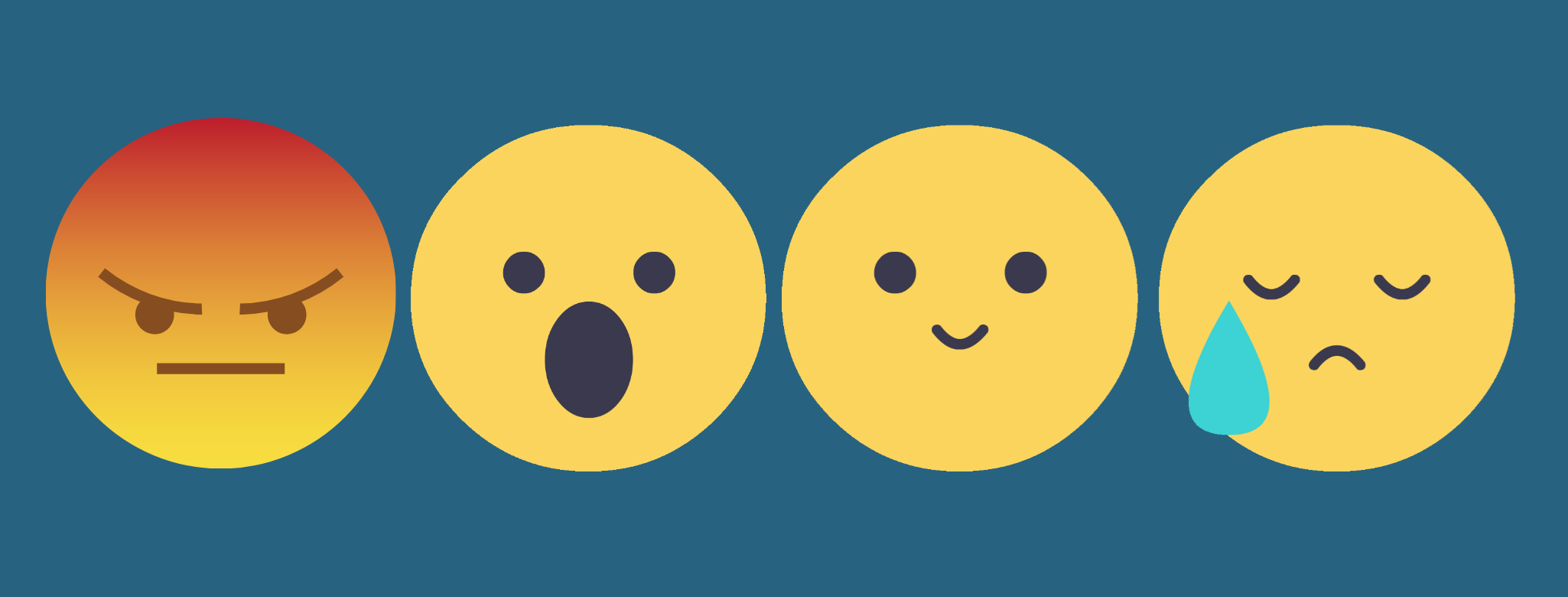
The key to achieving your athletic goals is choosing the right sport nutrition plan. It is crucial to eat a balanced and nutritious diet. It's common to assume that carbohydrates are essential for athletes, but they're the most important component of a balanced diet. The proper balance of carbohydrates, proteins, and fats can fuel your body and help you achieve your goals.
For athletes to be able to digest food and avoid gastrointestinal upsets, they should eat at least three hours before competing or exercising. A healthy diet should include plenty of carbohydrate, protein, and fat. It is important to limit intake of junk food and starchy vegetables. A balanced diet that includes lean meats, fruits and vegetables, as well as whole grains, is the best way to get sports nutrition. These foods are excellent sources of vitamins and minerals. However, they are not great sources for calories.

Carbohydrates are the most important food an athlete should eat before competing in an event. Carbohydrates are the main source for energy. Foods rich in carbohydrates include cereals, milk, bread, cereals, grains, fruits and vegetables. A good way to consume carbohydrates is to have small amounts and avoid high fat or high-protein meals. The best results are achieved by eating a high-carbohydrate dinner at least two hour before an event.
A balanced diet should be included for athletes, rich in complex carbs and healthy fats. The ideal diet is comprised of 45% to 66% carbohydrates, 10% to 30% protein, and 25 to 35% fat. It is important to drink plenty of water before, after, and during a sport. The right food at the right time will maximize your performance and reduce muscle damage due to oxidative stress. Athletes need to eat healthy foods and supplement their recovery.
Balanced carbohydrate and fat intake is essential for athletes. The body's primary source of energy is glucose, which is broken down carbohydrates during digestion. It is converted into glycogen. This type of fat is stored in muscle tissue, and is essential for an athlete's training. It is possible to increase glycogen storage and reduce the risk of becoming dehydrated by eating carbohydrates before and after an event.

Athletes need to drink enough water in addition to their dietary fiber. Ample hydration is essential for optimal health. To sustain its activities, the body requires a steady supply of fluids as well as sodium. This is the best and most effective way to prevent cramps and improve performance. Athletes should ensure their diet and training are balanced. It is hard for endurance athletes to do this. It may also cause headaches, cramps, and other symptoms.
FAQ
Here are five ways to lead a healthy lifestyle.
Healthy lifestyles include eating right, exercise regularly, getting enough rest, managing stress, having fun, and eating healthy. Healthy eating means avoiding sugary and processed foods. Exercise is good for your body and muscles. You can improve your memory and concentration by getting enough sleep. Managing stress reduces anxiety and depression. Fun is key to staying young and vibrant.
Is cold an indication of a weaker immune system?
It is said that there are 2 types of people: those who love winter (and those who hate it). It doesn't really matter whether you love winter or loathe it. You might be wondering why it makes you miserable.
Our bodies were designed to work best in warm climates. Hot climates are where our food sources are most plentiful, and we evolved to thrive there.
We live in a very different environment than our ancestors. We spend more time indoors and are often exposed to extreme temperatures (cold or heat) and eat processed foods rather than fresh.
This means that our bodies aren’t used to these extremes. This means that we feel tired, sluggish and even sick when we venture outside.
There are ways to combat these effects though. Keep your body hydrated. Water is essential for your body to function properly and eliminate toxins.
A healthy diet is another important thing. The best way to maintain your body's optimal temperature is by eating nutritious food. This is especially important for those who spend long periods inside.
You can also meditate for a few minutes every day. Meditation helps you relax your mind and body, which makes it easier to deal with stress and illness.
How does an antibiotic work?
Antibiotics can be used to kill bacteria. To treat bacterial infections, antibiotics are used. There are many types and brands of antibiotics. Some can be taken orally while others are injected. Others are topically applied.
People who have been exposed may be prescribed antibiotics. An oral antibiotic might be prescribed to someone who has been exposed to chicken pox. This will prevent the spread of shingles. Penicillin might also be administered to someone with strep throat. This will help prevent the possibility of developing pneumonia.
Doctors should prescribe antibiotics to children. Children are at greater risk than adults for developing serious side effects from taking antibiotics.
Diarrhea being the most common side effect of antibiotics. Other possible side effects include stomach cramps, nausea, vomiting, allergic reactions, headaches, dizziness, and rashes. These side effects are usually gone once the treatment is complete.
Which are the top 10 foods you should eat?
These are the 10 best foods you can eat:
-
Avocados
-
Berries
-
Broccoli
-
Cauliflower
-
Eggs
-
Fish
-
Grains
-
Nuts
-
Oats
-
Salmon
What's the difference between a virus & a bacterium?
A virus is a microscopic organism that cannot reproduce outside its host cell. A bacterium is an organism that splits itself in two. Viruses measure only 20 nanometers in diameter, but bacteria is up to 1 millimeter in size.
Viruses are spread via contact with infected bodily liquids such as urine, saliva, semen and vaginal secretions. Bacteria can easily be spread from direct contact to contaminated surfaces and objects.
Viruses can enter our bodies through cuts, scrapes, bites, or other breaks in the skin. They may also enter through the nose, mouth, eyes, ears, vagina, rectum , or anus.
Bacteria may enter our bodies through cuts and scrapes on our skin, burns, insect bites, and other wounds. They may also be introduced into our bodies through food and water as well as soil, dirt, dust, and animals.
Both viruses and bacteria can cause illness. But viruses do not have the ability to multiply within their hosts. So they only cause illnesses when they infect living cells.
Bacteria may spread to other people and cause sickness. They can even invade other parts of the body. Antibiotics are needed to eliminate them.
Why is it so important to lead a healthy lifestyle
Living a healthy lifestyle can help you live longer and more happy lives. Good nutrition, exercise regularly, good sleep habits, stress management and healthy lifestyle can help you avoid heart disease and stroke.
A healthy lifestyle can also help improve mental health and make it easier to deal with daily stressors. A healthy lifestyle can also help you feel and look younger.
Statistics
- In both adults and children, the intake of free sugars should be reduced to less than 10% of total energy intake. (who.int)
- According to the 2020 Dietary Guidelines for Americans, a balanced diet high in fruits and vegetables, lean protein, low-fat dairy and whole grains is needed for optimal energy. (mayoclinichealthsystem.org)
- Extra virgin olive oil may benefit heart health, as people who consume it have a lower risk for dying from heart attacks and strokes according to some evidence (57Trusted Source (healthline.com)
- nutrients.[17]X Research sourceWhole grains to try include: 100% whole wheat pasta and bread, brown rice, whole grain oats, farro, millet, quinoa, and barley. (wikihow.com)
External Links
How To
How to Live a Healthy Lifestyle
A healthy lifestyle is one in which you are able maintain your weight and health. This lifestyle includes healthy eating habits, regular exercise, adequate sleep, and abstaining from drugs, alcohol, caffeine, tobacco and other harmful substances. Healthy living can help you feel better about yourself and keep you fit. A healthy lifestyle can help reduce your risk of developing chronic diseases such as heart disease, strokes, diabetes, cancer and osteoporosis.
The goal of this project is to give a step by step guide on how to live healthier lives. The introduction is the first part of this project. This explains why healthy living should be encouraged and who it should help. The body paragraphs are a collection of tips for living a healthy life. Finally, I wrote the conclusion, which summarizes the whole article and provides some additional resources if needed.
This assignment taught me how to write a concise paragraph. I learned how my ideas could be organized into topic sentences. My research skills were also improved as I had to search for specific sources and properly cite them. I learned proper grammar to write.